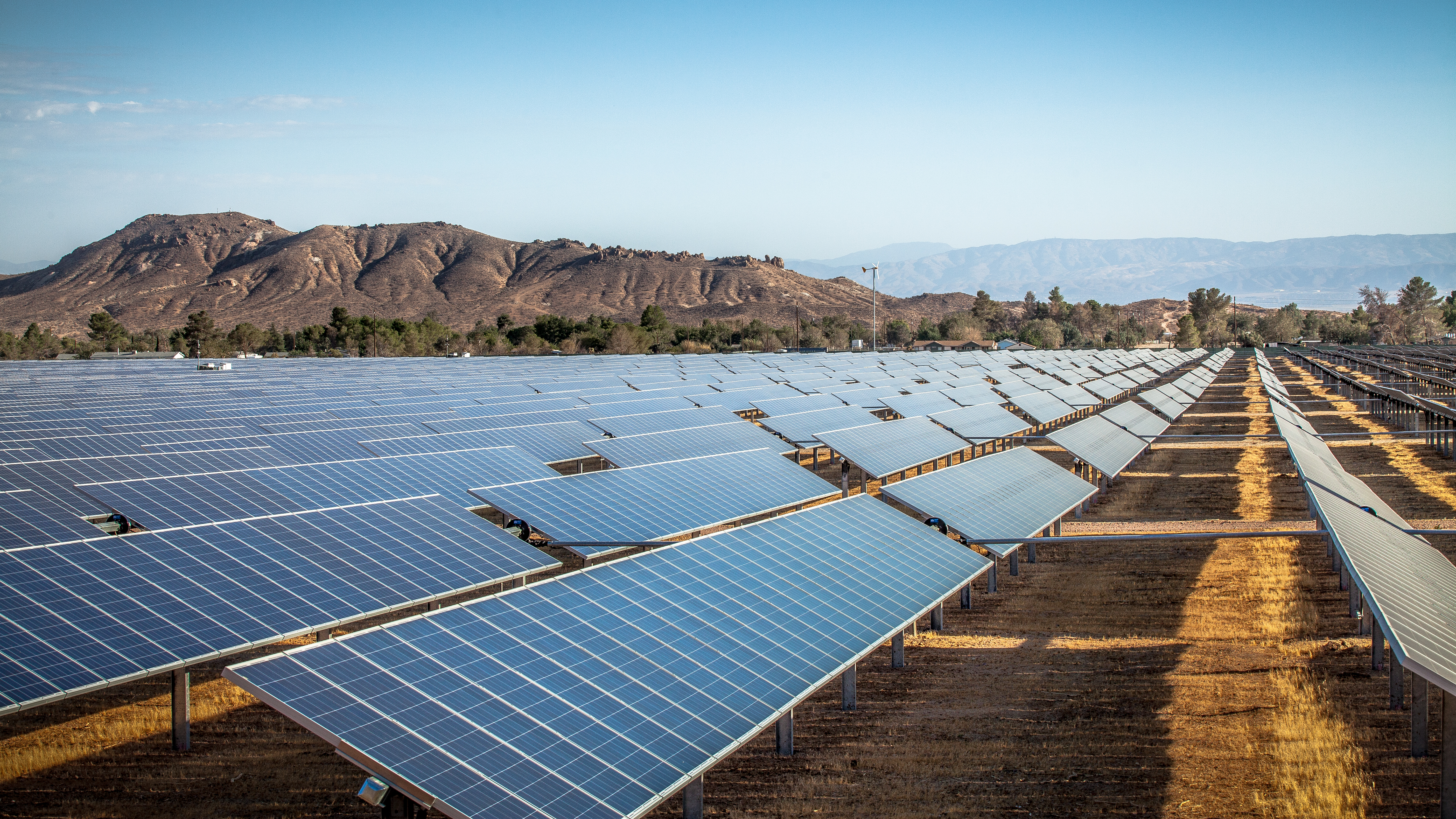As extreme weather increases energy demand and strains the power grid, alternate methods for delivering reliable electricity are becoming necessary. Enter battery storage, aka energy storage. This briefing by Utility Dive looks at how storage can minimize outages and meet the energy needs for consumers. Interested in improving your home's resiliency with battery storage? Talk with a certified EverVolt™ installer to get all your questions answered.
Dive Brief:
- Energy storage could play a role in preventing the reliability challenges that both California and Texas experienced in the last year, but regulators still need to grapple with issues around compensation and technology viability, experts said at a BNEF Summit panel Tuesday.
- Last year, California had a few hundred megawatts of storage in wholesale markets, noted Carla Peterman, Southern California Edison senior vice president of strategy and regulatory affairs and former regulatory commissioner. "This summer, we're going to have a few thousand. So it's really going to be a great opportunity to see how we can operate these facilities effectively," she said.
- But regulators need to address broader questions around how increasing renewable penetration impacts market and compensation systems, according to Steve Berberich, former president and CEO of the California Independent System Operator. For example, having storage on standby would involve an opportunity cost or capacity cost, "and there has to be compensation mechanisms for that, that probably are inadequate right now," he said.
Photovoltaic solar array in Rosamond, California
Dive Insight:
Both California and Texas experienced blackouts in the past year due to extreme weather conditions that led to an increased demand for electricity. In California, part of the problem was a failure to plan for the evening hours, when load is still high but solar — a significant component of the state's generation fleet — is coming offline, Berberich said. Texas, on the other hand, experienced "a failure across the entire supply chain," he continued.
Advocates for storage say the resource has a key role to play in helping the grid adapt to more extreme weather conditions. Short-duration storage like lithium-ion batteries can provide immediate and short-duration reserves when the grid is stressed, preventing a bad situation from becoming even worse, Josh Prueher, managing partner and chief financial officer of independent power producer Broad Reach Power, agreed.
"Even in a situation where you have blackouts, there are portions of the grid that are browning out and stressed, and shorter-duration storage certainly has a role to play there," he said, adding that with longer blackouts, however, other technologies might be a better solution.
More broadly, regulators need to think about the electric grid differently on two fronts, Berberich said, including planning for more extreme weather on both ends of the spectrum. In addition, California's resource adequacy program has historically honed in on the 4 p.m. peak, but that peak has shifted further out into the evening when solar resources come offline.
Regulators will also need to figure out how to deploy storage across multiple time spectrums — short-term, like lithium-ion, but also medium and long-term, according to Berberich. California, for instance, routinely has multiple days of cloudflow over its southern solar plants, including rooftop solar, which causes production to plummet, he said — "and lithium-ion storage is not going to solve that for you."
While it's tempting to think that one silver-bullet technology solution will address all these challenges, there's a big difference between something that seems promising in a lab and something that is economic — and the bridge between being able to commercialize something and it being truly reliable is even further, according to Prueher. A storage portfolio would need to include resources that have different operating characteristics, appropriate for the varied requirements of the grid, including things like hydro and natural gas at the wellhead, he said.
"I think it's that portfolio approach that will deliver the reliability that… is everyone's job here," he added.
There are a lot of promising technologies — albeit in very early stages — like hydrogen, as well as carbon capture and sequestration, which could pair well with natural gas, Curt Morgan, CEO of Vistra Corp, said; meanwhile, battery and solar technologies continue to advance and there may be some technology in development in a laboratory somewhere that ends up being key in the future. The important thing now is continuing to invest in research and development to ensure those technologies are advanced, according to Morgan.
"We need to be cognizant of that and we need to make sure that we don't deploy something before its time, or that we don't embark on a path that's just extraordinarily expensive and that people can't afford," Morgan added.
This article was written by Kavya Balaraman from Utility Dive and was legally licensed through the Industry Dive publisher network. Please direct all licensing questions to legal@industrydive.com.





